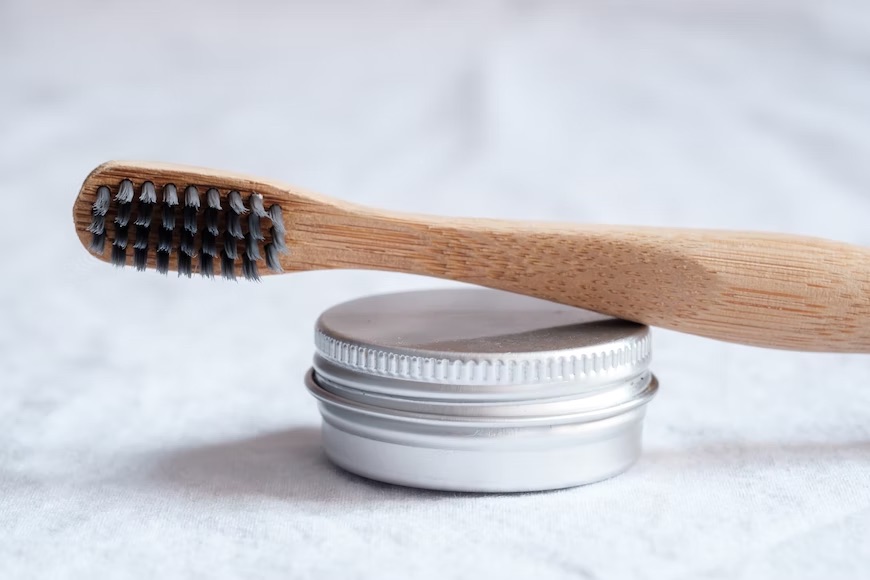Fillings are simple procedures that have a success rate. However, it is possible that things can go wrong. It is essential that you are aware of what can go wrong so that you can contact your dentist as soon as something goes wrong. The quicker the problem is looked at by your dentist the easier it will be to fix any problems that will appear.
Cracked Fillings
It is possible that a filling will crack. Amalgam and Composite fillings can crack. They can crack both immediately after they fitted or a while after the filling was fitted.
Cracks that occur immediately are usually the result of the filling being fitted incorrectly. If the filling is fitted higher then the rest of the tooth surface then it is likely that the tooth will crack. Cracks in fillings that happen after a significant time after the filling was fitted is usually the result of excessive grinding and chewing forces putting pressure on the filling.
Some times it is possible to repair small cracks. Small cracks may appear at the edge of the filling. Spotting a small crack early and treating it as soon as possible can stop the crack expanding, meaning that you may not need a new filling.
Discolouration
People who chose white fillings over other types of fillings usually chose to have them fitted because they want to benefit from the extra level of discreetness that they provide.
However over time staining of the filling can occur. This can lead to discolouration in the surrounding teeth. When this happens patients will not be able to benefit from the discreteness that they previously got from white fillings.
If this is the case then getting the filling replaced may be a suitable option as you will be able to benefit from whiter teeth again.
Leaking Fillings
Sometimes a filling may be fitted loosely and their may be a gap between the filling and the tooth. This is known as a leaking filling.
Leaking fillings can cause an array of problems including decay, discolouration and pain.
Amalgam Fillings can leak. This can often be felt as sensitivity to cold. This usually only lasts a few weeks as during this period Amalgam fillings corrode. The corrosion that occurs fills the gap between the filling and the tooth, making them feel tighter.
It is possible, that composite fillings will become contaminated with saliva. As a result of this the bond between the filling and the tooth becomes weaker. This can cause the filling to weaken. If the sensitivity doesn’t decrease over time then you may need to have the filling replaced.
Fillings that fall out:
Fillings are not permanent structures. Forces exerted on the filling through everyday actions such as biting and grinding can cause the filling to fall out sooner. This is especially likely if the filling is a composite filling. There are many other reasons why fillings can fall out however the main reasons include biting on a large filling, causing the filling to break.
Lastly, another reason why a filling may fall out is because saliva may get into the filling and react with the chemical compounds that form the filling. If the filling is a composite filling then this can cause the bonding material from the filling to become weaker, meaning that the chance of the filling falling out will be higher.
For more information on what to do if your filling falls out read this post.

